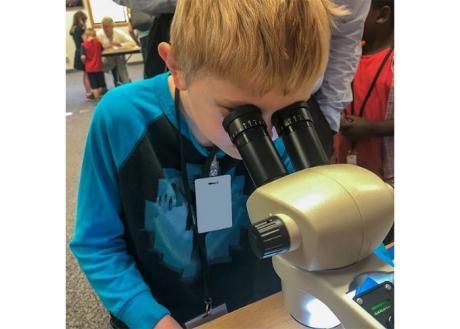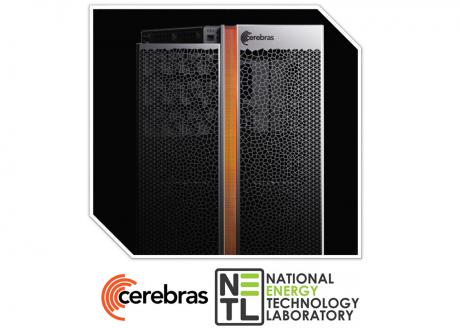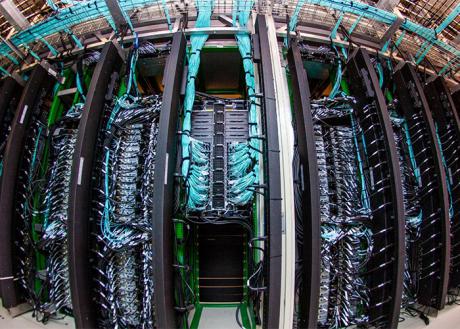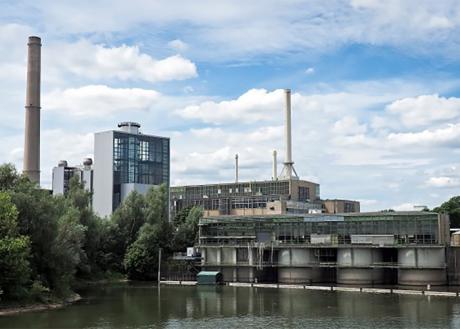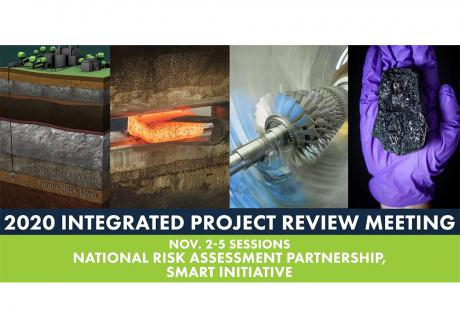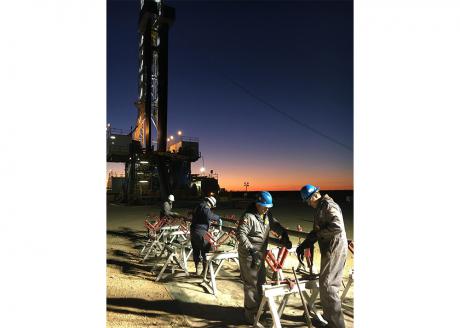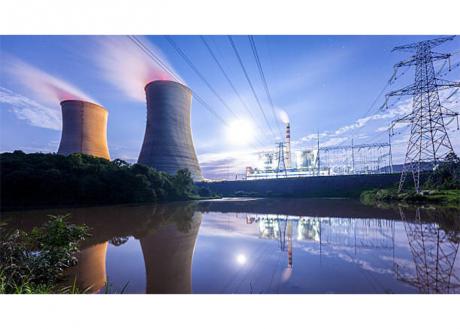NETL will take part in the Student Leadership Innovation Summit, a virtual event to be hosted by the Open Window School in Bellevue, Washington, on Wednesday, Dec. 2, to encourage young minds to explore careers that involve science, technology, engineering and mathematics (STEM).
Held for children in grades five through seven, the event will be an opportunity for NETL to share information and insight about careers, top challenges, visions for the future, innovations the Lab would like to advance, and the potential impact these innovations may have.
Following the summit, students will participate in the ExploraVision competition, in which they will select a science-related issue they are passionate about and work in small teams to tackle that issue through the use of innovative technology. The competition endorses STEM literacy by improving skills in the areas of critical thinking, deductive and inductive reasoning, and problem solving.
About
News and Events
Research and Programs
Carbon Management Point Source Carbon Capture Carbon Dioxide Removal Carbon Dioxide Conversion Carbon Transport & Storage Hydrogen with Carbon Management
Resource Sustainability Methane Mitigation Technologies Minerals Sustainability Natural Gas Decarbonization and Hydrogen Technologies Advanced Remediation Technologies Energy Asset Transformation
Key Lab Initiatives Advanced Alloys Signature Center (AASC) Science-based Artificial Intelligence and Machine Learning Institute (SAMI) Center for Microwave Chemistry (CMC) Center for Sustainable Fuels and Chemicals (CSFC)
Energy Technology Development Office of Energy Efficiency and Renewable Energy Battery Workforce Initiative Cybersecurity, Energy Security, and Emergency Response Office of ElectricityGrid Resilience
Business
Library
Explore our Library

Approved Categorical Exclusions Environmental Assessments Environmental Impact Statements Oil and Gas Projects Summaries NETL Fact Sheets NETL Newsletters Publication Search Energy Data Exchange (EDX) FECM External R&D Final Technical Reports Summary Information for External R&D Awards Technical Reports Series (TRS) Peer Review Reports Interagency Working Group Initial Report
- Research and Programs
- Carbon Management
- Core Competencies
- Resource Sustainability
- University Training & Research
- Key Lab Initiatives
- Energy Technology Development
- Featured Infrastructure
- Methane Emissions Reduction Program
-
- Business
- Technology Transfer
-
- Library
- Energy Analysis
-
- About
- News and Events
- Education




